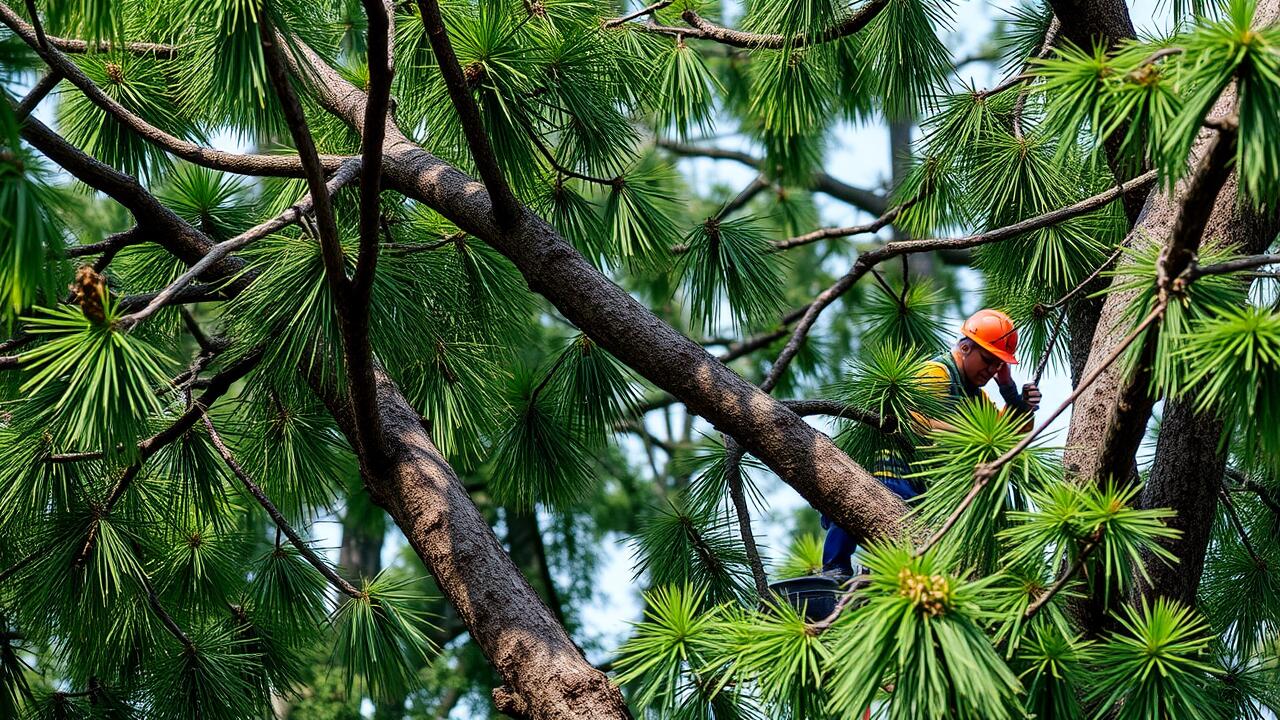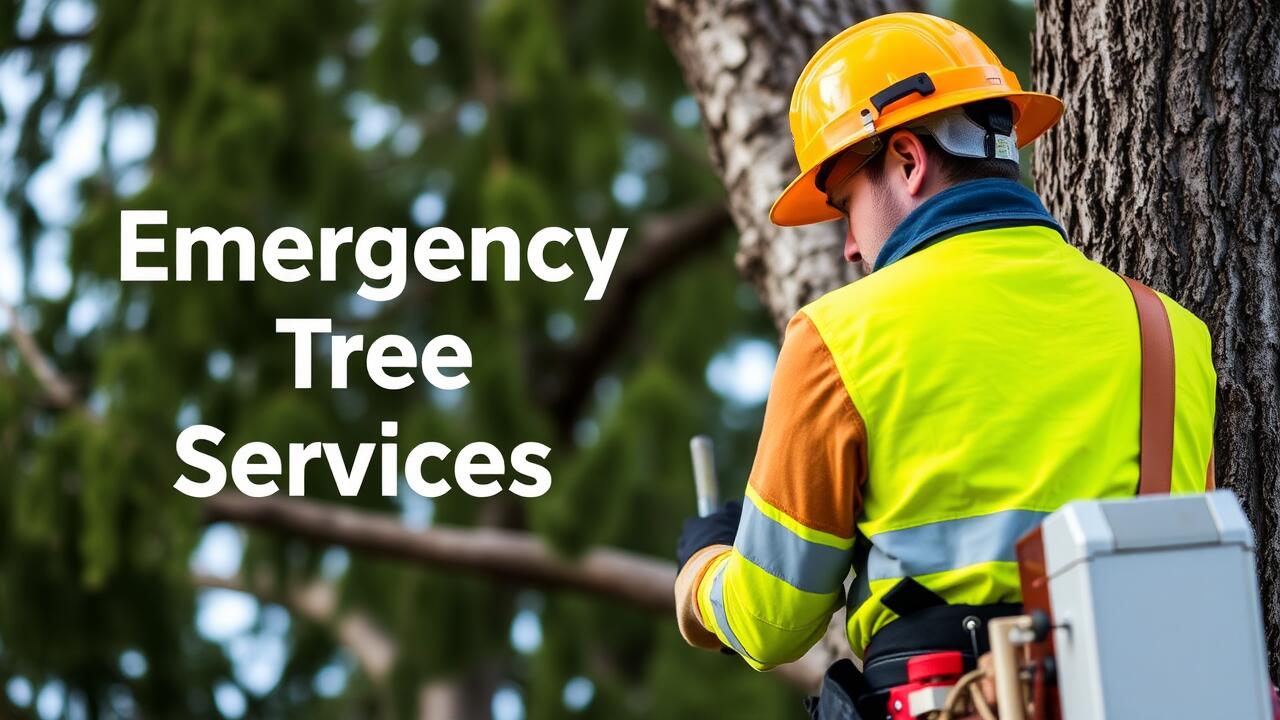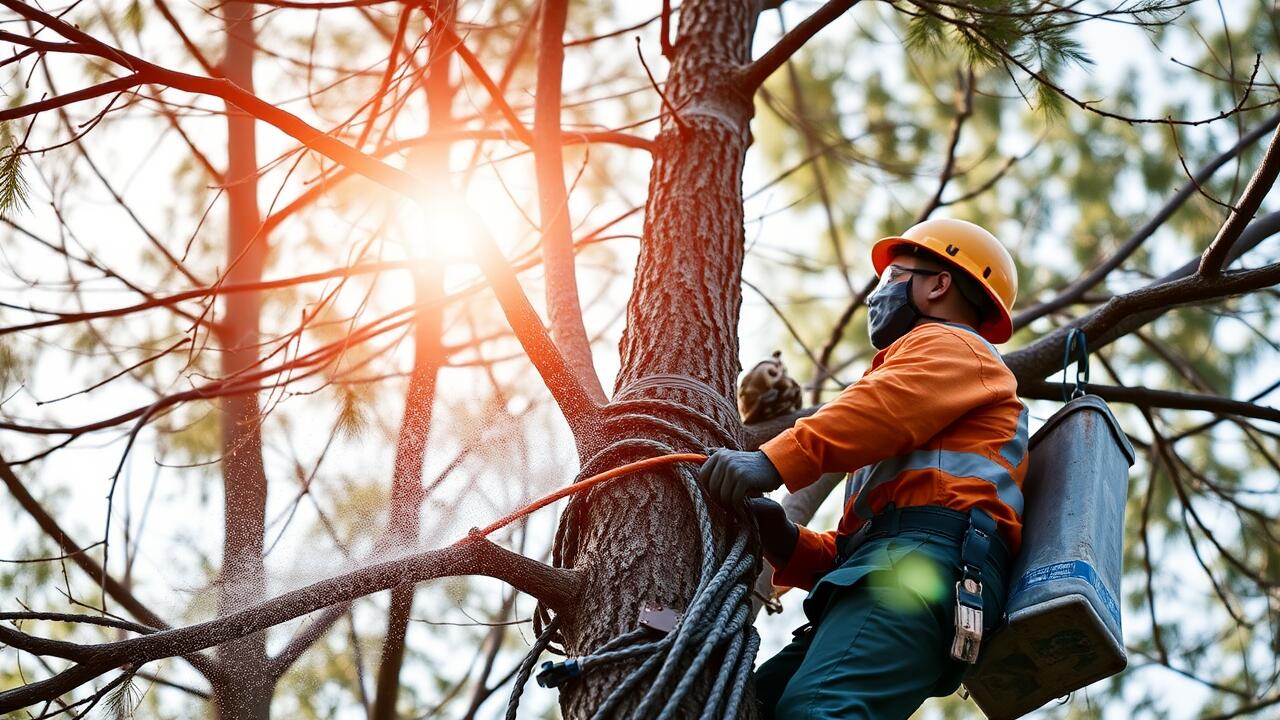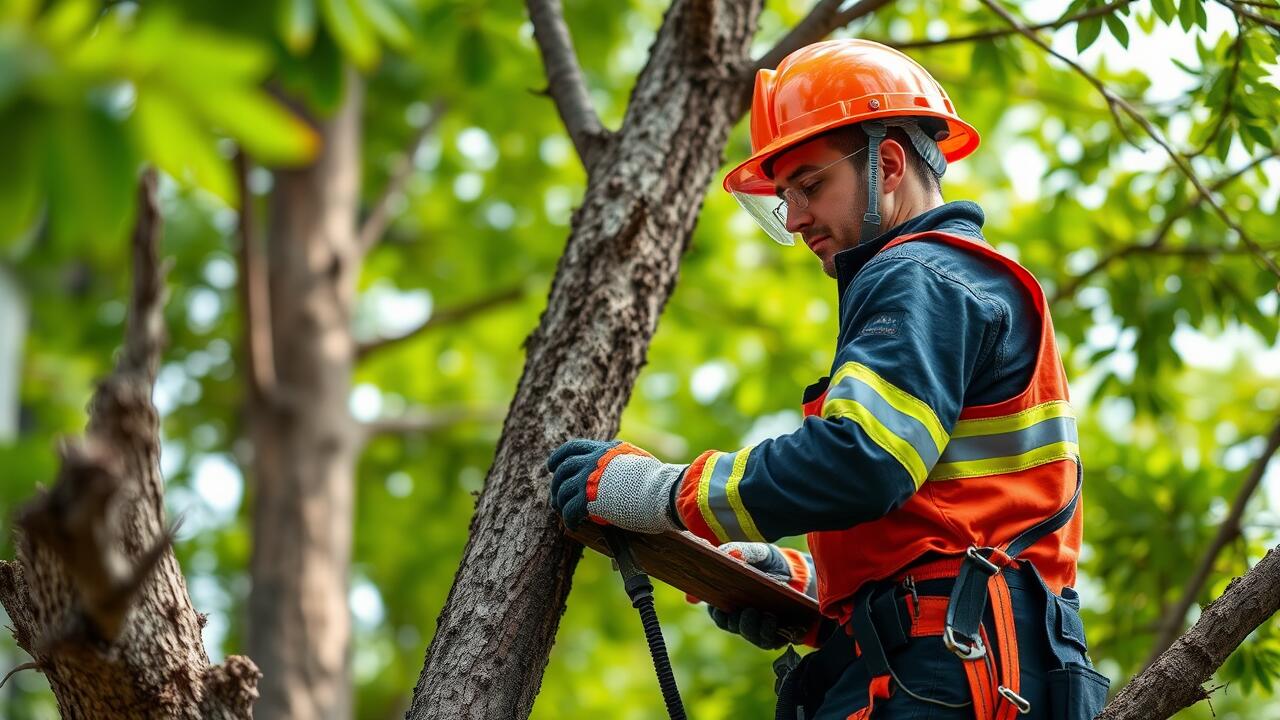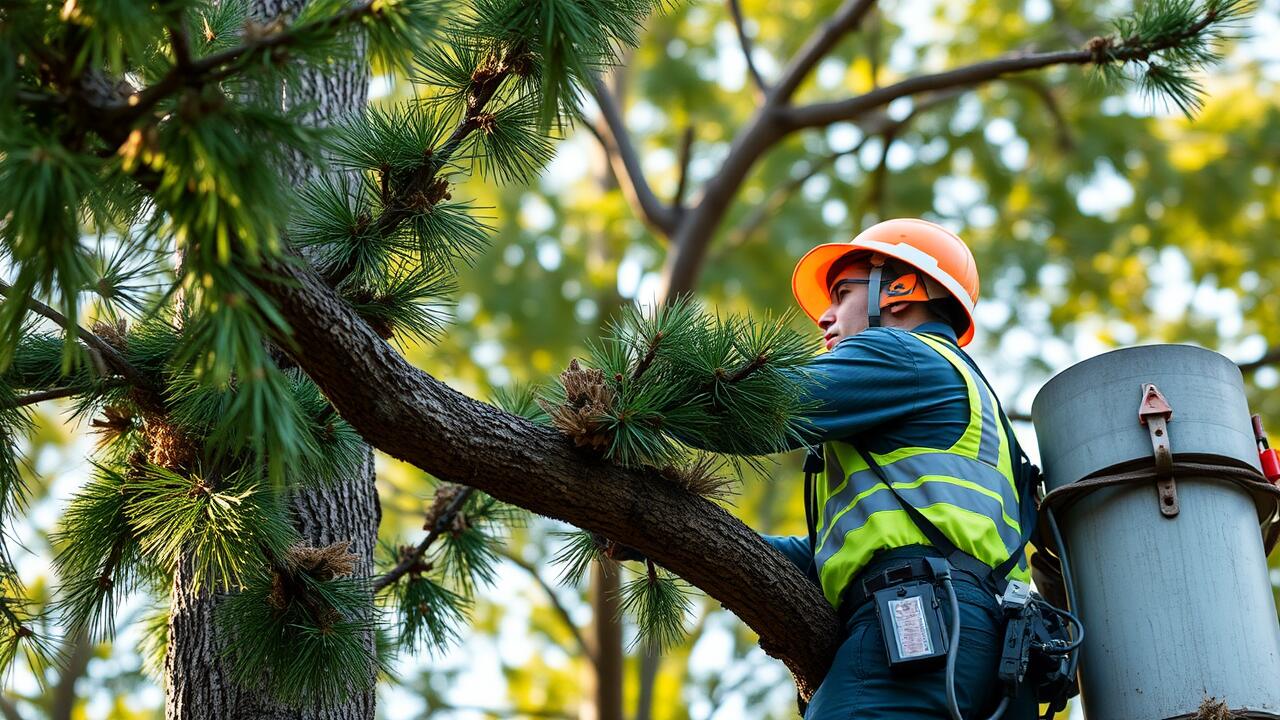
Steps to Take After Severe Weather
After severe weather, the first step is to assess the immediate area for any hazards. Check for fallen branches or trees that may block pathways or pose a risk to people and property. If the situation appears dangerous, avoid approaching and consider contacting professionals for help. Emergency Tree Services Kirkwood, Atlanta, can provide the expertise needed to navigate potentially unstable situations. It is essential to remain cautious and not attempt to deal with large fallen trees alone.
Once the area is safe, document the damage for insurance purposes. Taking photos can help expedite claims and provide a record of the incident. After an initial evaluation, prioritize which trees need attention based on their location and the degree of damage. Some trees may require immediate pruning or removal to prevent further issues. Engaging with services like Emergency Tree Services Kirkwood, Atlanta ensures that necessary actions are taken to restore safety and health to your landscape.
Assessing Damage and Prioritizing Actions
After severe weather, it is essential to assess any damage to trees on your property. Look for broken branches, split trunks, or trees that have fallen completely. Take note of any hazards that may pose a risk to people or structures. Safe access is important; if branches are hanging precariously or trees are leaning towards buildings, immediate attention may be required. Documenting the damage with photographs can assist in discussions with emergency tree service providers, such as Emergency Tree Services Kirkwood, Atlanta.
Once the evaluation is complete, prioritize actions based on the severity of the damage and potential risks. Focus on addressing any immediate threats first, such as removing fallen trees or stabilizing dangerously leaning ones. Less critical issues, like trimming smaller branches or assessing overall tree health, can be scheduled for later. Keeping detailed notes on the condition and location of affected trees will help expedite the process when discussing options with the emergency response team.
Cost Considerations for Emergency Tree Services
The cost of emergency tree services can vary significantly based on several factors. Typically, the size and type of the tree involved play a crucial role in determining the overall expense. Larger trees that require more extensive equipment and labor will naturally incur higher costs. Additionally, the extent of the damage caused by severe weather often impacts pricing; trees that pose an immediate hazard may require urgent attention, which can lead to increased rates.
When seeking emergency tree services Kirkwood, Atlanta residents should also consider other elements that influence pricing. Accessibility to the tree can add to the costs if the location is difficult to reach or if the tree is situated near power lines or structures. Moreover, the time of year can affect availability and, subsequently, pricing. Quotes can vary widely between service providers, making it important to compare estimates while ensuring that safety and quality of service remain a priority.
Factors That Influence Pricing
Several factors play a significant role in determining the cost of emergency tree services in Kirkwood, Atlanta. The extent of the damage caused by severe weather is crucial; larger, heavily damaged trees typically require more resources and time to remove or trim. The accessibility of the tree also affects pricing. If the tree is located in a tricky spot, such as close to power lines or buildings, the complexity of the job increases, leading to higher costs.
The type of tree involved can influence pricing as well. Some species are harder to manage than others, which may necessitate specialized skills or equipment. Additionally, the time of year can impact availability and rates. Demand for emergency tree services tends to spike after severe weather events, which can lead to higher prices during peak times. Ultimately, property owners in Kirkwood, Atlanta, should be aware of these variables when budgeting for emergency tree services.
Maintaining Healthy Trees Post-Pruning
After pruning, trees require appropriate care to recover effectively. Providing adequate water is essential, particularly during dry spells or heat waves. Mulching around the base of the tree can help retain moisture and regulate temperature. It is important to monitor for pests and diseases, as the stress from pruning can make trees more vulnerable. Maintaining a clean area around the tree is necessary to prevent any fungal growth.
Regular assessments over the following weeks can ensure that the tree is healing properly. Consider consulting with professionals for ongoing advice tailored to your specific tree species and local climate factors. For those in need of immediate assistance, Emergency Tree Services Kirkwood, Atlanta, offers guidance on maintaining optimal health for your trees after they have been pruned. Implementing these practices will help sustain your tree’s vitality and enhance its resilience for the future.
Best Practices for Tree Care
Proper tree care involves routine maintenance and monitoring to ensure the health and stability of your trees. Regular inspections can reveal early signs of disease, insect infestations, or structural issues. Investing time in soil health, appropriate watering practices, and proper mulching can significantly enhance tree vitality. Engaging with professionals for regular pruning can create a strong framework while removing dead or diseased branches promotes overall health.
Post-pruning, it’s essential to maintain appropriate care to support recovery. Providing adequate water during dry spells helps trees regain vigor. Fertilizing with the right nutrients encourages new growth while also fortifying existing structures. For residents in need of urgent assistance after a storm, reaching out to Emergency Tree Services Kirkwood, Atlanta, can provide expert support to assess and address immediate tree care needs.
FAQS
What should I do immediately after a severe storm hits my area?
After a severe storm, assess your property for any fallen or damaged trees. Prioritize safety by staying away from downed power lines and unstable tree branches, and consider contacting a professional arborist for an assessment.
How do I know if my tree needs pruning after bad weather?
Look for broken branches, cracks in the trunk, or signs of disease. If a tree appears unstable or poses a hazard, it’s wise to consult a tree service for evaluation and possible pruning.
What factors influence the cost of emergency tree trimming services?
Costs can vary based on the extent of the damage, the size and type of the tree, accessibility, and the complexity of the job. Additional factors may include the need for specialized equipment or disposal of debris.
When is the best time to prune trees for health and safety?
While emergency pruning may be necessary at any time, the ideal time for regular pruning is during the late winter or early spring before new growth begins. This helps minimize stress on the tree and promotes healthy growth.
What are some best practices for maintaining healthy trees after they have been pruned?
After pruning, ensure your trees receive adequate water and nutrients. Avoid excessive fertilization and monitor for pests and diseases. Regular inspections and preventive care help maintain overall tree health.
